The potassium bicarbonate it is widely used in organic farming as a fungicide. This potassium salt it is also said potassium hydrogen carbonate. Thanks to its particular action on the leaf lamina, it is able to protect plants from fungal pathogens, be they vegetables, vine plants or fruit trees. It appears as a white powder, very similar to sodium bicarbonatebut with some differences, which make it preferable to the latter for professional use.
Potassium bicarbonate is also used in winemaking as an acidity regulator in the wine production process.
We therefore know this product, its properties and practical uses in our organic crops.
What is Potassium Bicarbonate
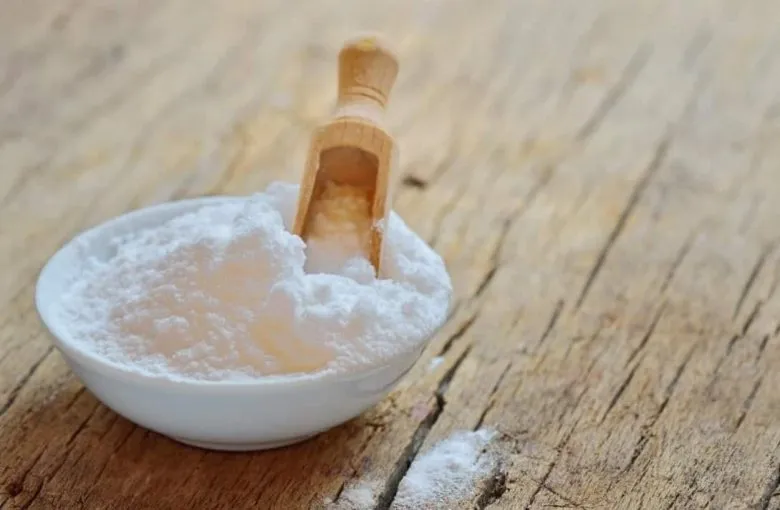
Potassium bicarbonate, or potassium hydrogen carbonate, is a salt of carbonic acid. It is obtained from the chemical reaction between: potassium carbonate, carbon dioxide and water. This is its formula: K2CO3 + CO2 + H2O → 2KHCO3.
On the market it is 99% pure in a very fine white crystalline powder. It is extremely soluble in water, considering that 33.2 g dissolve in 100g of water at 20 ºC. Once dissolved, potassium bicarbonate is divided into potassium and bicarbonate ions, with values of pH at 1% solution of: 8.54. The pH is therefore strongly basic. It is not irritating to the eyes or skin, so you can use it with peace of mind. In the studies conducted no risk of mutagenicity, carcinogenicity, neurotoxicity emerges.
Potassium bicarbonate in organic farming
Potassium bicarbonate falls under the products allowed in organic farming and which can be used without having the phytosanitary license. At Community level, its use is included in Annex I of the Directive 91/414 / EEC for use as a fungicide and is authorized in organic farming since European Commission regulation n. 404/2008.
The antifungal properties of potassium bicarbonate
Let’s see how potassium bicarbonate works on plants and what its antifungal action is. The mechanism is quite simple, in contact with the leaf blade the bicarbonate immediately raises the pH value to at least 6.4. This makes the environment inhospitable for the fungus to proliferate. The action on the pathogen is rapid and direct, as the osmotic pressure varies and the environment becomes basic. The growth of the mycelium is inhibited with the collapse of the spores and the dehydration of the hyphae of the fungus. Thanks to its immediacy of action, this type of bicarbonate can even be used as a curative product, especially in cases where the disease that attacks the plant is at its beginning. Obviously it has more preventive efficacy and must be used when conditions favorable to the pathogen occur. It can therefore be used as a tonic to enhance the natural defenses of plants.
Against what diseases is potassium bicarbonate effective
Cryptogamic diseases are a real scourge for farmers, both in the hobby and professional fields. Potassium bicarbonate is effective in preventing the most common fungal diseases of vegetables and fruit trees. Let’s talk about:
How is potassium bicarbonate used
Potassium bicarbonate must be dissolved in water and sprayed on the vegetation of the plants. But which product to use, and with what dosage? The answer to this question depends on the type of commercial formula you have purchased. This type of bicarbonate, in fact, can be found both in agricultural and wine shops. The pure powder (which you find here) is used in winemaking. For agriculture, on the other hand, there are specific formulations with a concentration of 85% (here you can find an example). On this second type of product you will have a precise indication of the dosage by observing the label. If you want to use pure powder, however, the advice is not to exceed a concentration of 0.5%, or 500 g of potassium bicarbonate per 100 l of water.
Advice
The solution with water and potassium bicarbonate must always be used in the evening. This serves to increase the persistence of the wetting on the vegetation. Never carry out the treatment in full sun or with temperatures above 35 ° C. The treatments must be repeated after precipitation, as the bicarbonate easily dries out, losing its protective effect. Usually, preventive interventions are done in spring and autumn, when fungal diseases arise.
Precautions for use
Be careful not to exceed the number of treatments. The potassium bicarbonate ending up in the soil modifies the pH of the soil, bringing it to basic values. This can be positive for most crops, so it can also be used as a corrective for acidic soils, but on already basic soil, care must be taken not to alkalize too much, otherwise it will be difficult to absorb other nutrients such as calcium.
Potassium bicarbonate can also be used in alternation with classic copper-based products, for a more effective defense of both the vegetable garden and the orchard.
Similarities and differences with sodium bicarbonate
As many already know, the sodium bicarbonate it is used as a fungicide for plants, especially in the home. Its action is the same as that of potassium bicarbonate, i.e. it acts by changing the pH of the leaf blade, preventing the appearance of fungi. However, if used too frequently and at the wrong dosages, it can damage the leaves and cause burns. It also releases sodium into the soil, which is a problem in the long run. It has the advantage, however, that it can be purchased in supermarkets and has a very low cost. It is also a commonly used product, present in all homes. Finally, it has excellent effectiveness.
Potassium bicarbonate, on the other hand, has the advantage of being less aggressive on the leaves and of being quicker in action.
Potassium bicarbonate in winemaking
Potassium bicarbonate (E501) is used in oenology as a deacidifier. It can be added to the must or directly to the wine. Reacts with tartaric acid, producing potassium bitartrate. After cold stabilization, this will precipitate, resulting in a new decrease in total acidity. In practice, it softens the wine, which is often necessary in artisanal winemaking. The maximum deacidi fi cation permitted in wines by law is 0.65 g / l expressed in the form of sulfuric acid (1 g / l expressed in the form of tartaric acid), which corresponds to a dose of potassium bicarbonate of 1.3 g / L. It is used by dissolving it in a part of the must or wine, which will then be added to the final volume. When using before final bottling, it is advisable to wait at least 1 month before bottling.
The oenological potassium bicarbonate you can find it here.

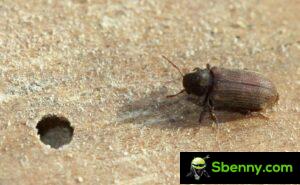
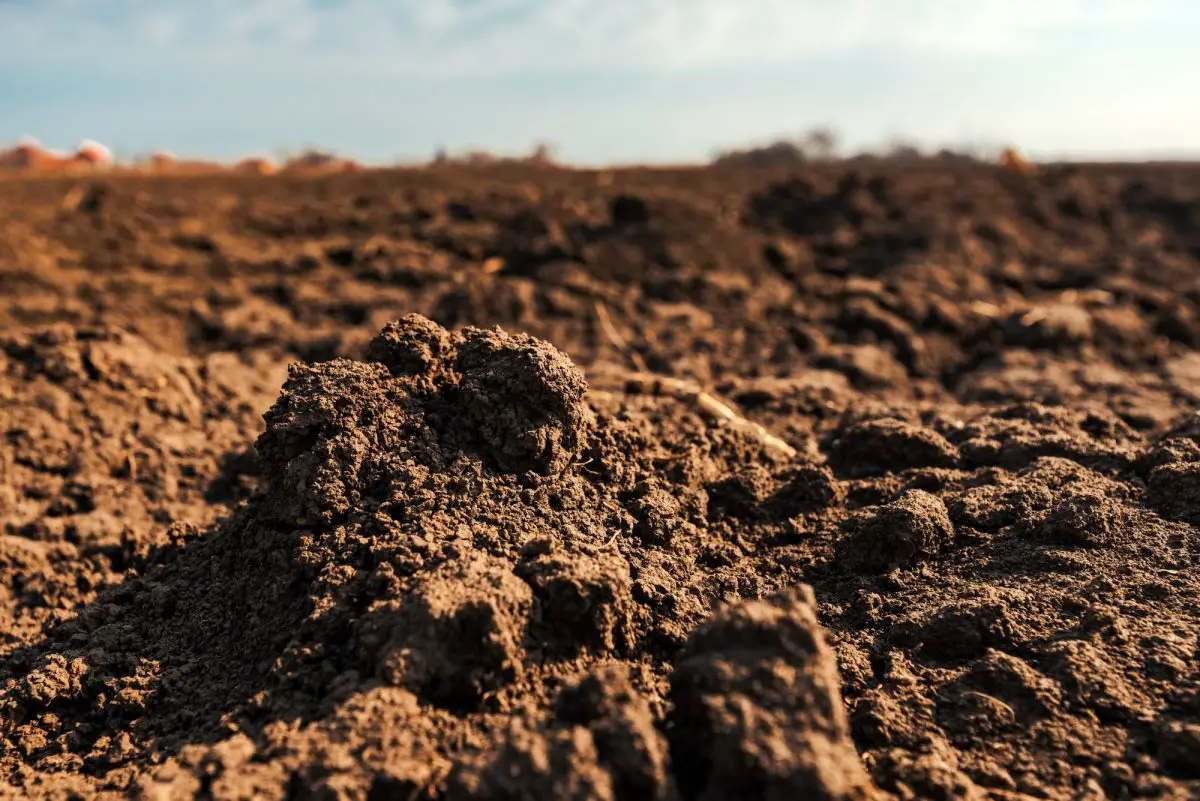
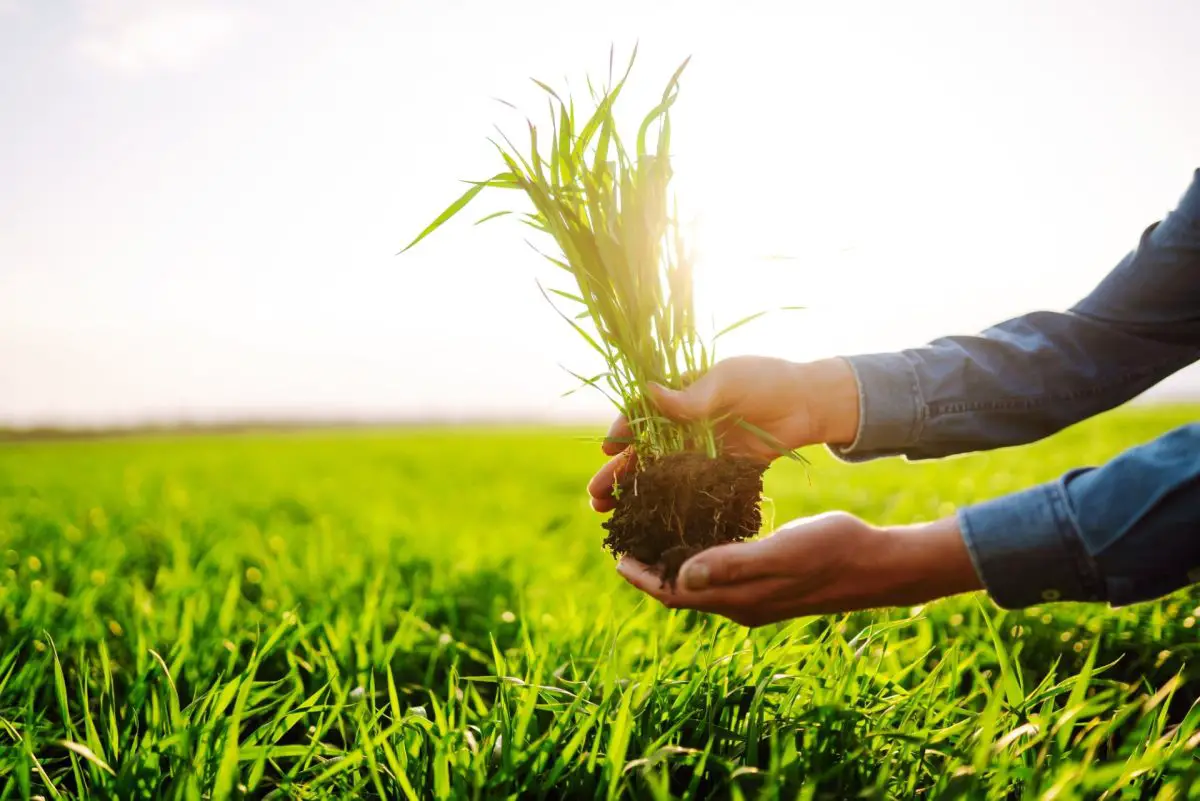
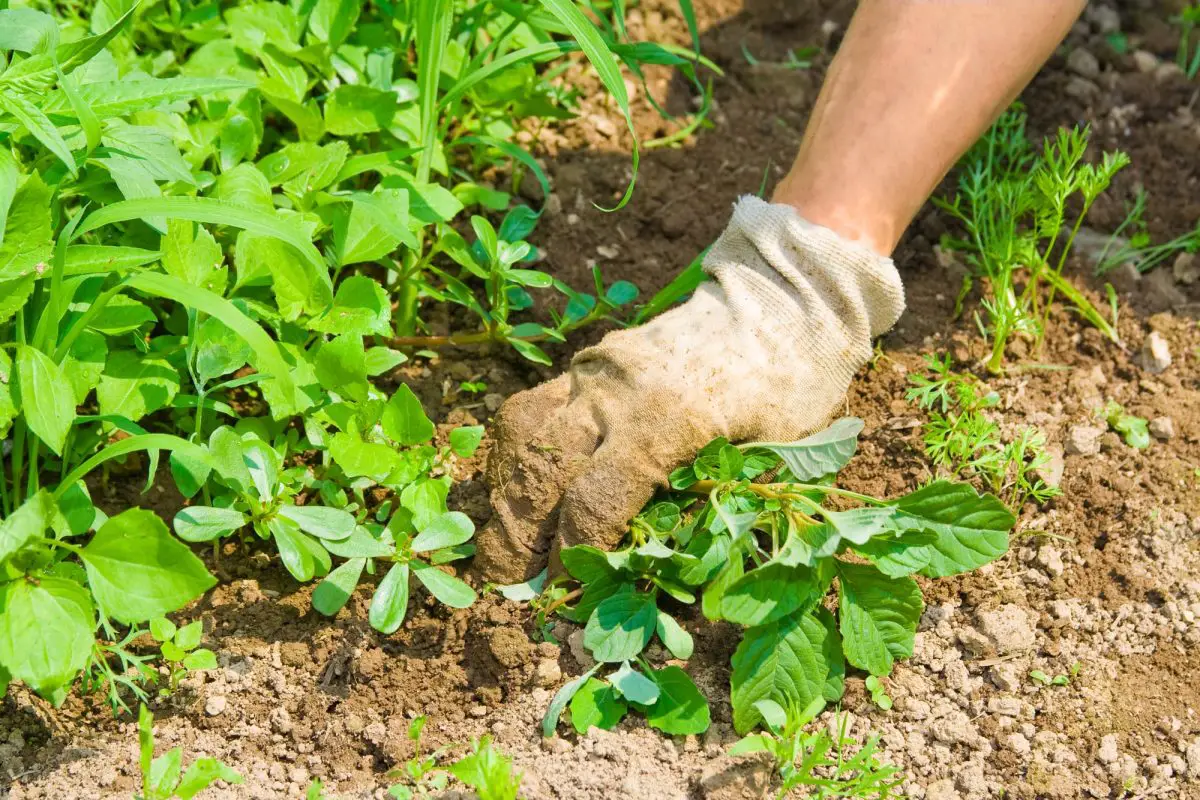

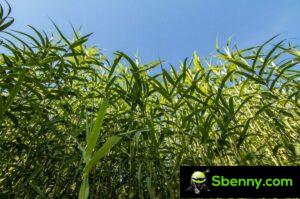
Start a new Thread